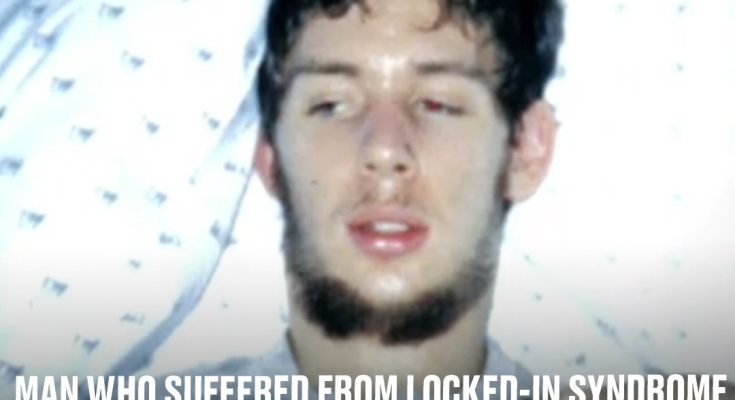A man who suffered from ‘locked-in syndrome’ for 12 years revealed what life was like for him as his loved ones struggled to care for him.
Martin Pistorius was born in 1975 in Johannesburg, South Africa, and was a high-achiever in school with an interest in electronics.
After school one day in 1988 though, Martin told his mum that he was feeling sick with a sore throat and headache – symptoms of a regular cold – so he rested at home. But as each day passed, his condition worsened.
He eventually lost the ability to communicate or use his body, spending most of his time sleeping as his appetite was lost and his mind began to regress to the age of an infant.
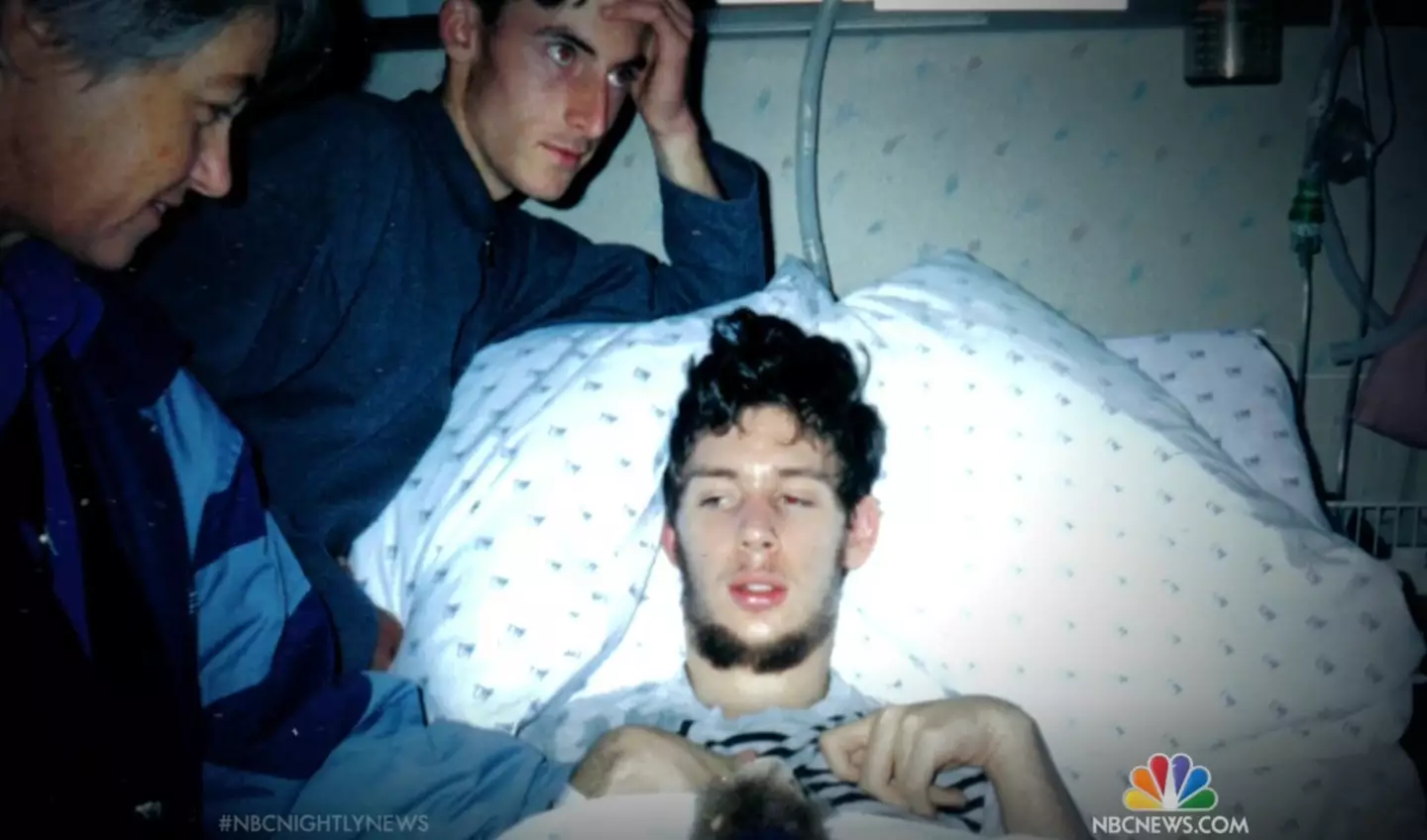
Martin couldn’t communicate with anyone for over a decade. (NBC News)
After being admitted to hospitals, doctors had no idea what Martin had, with them instead treating him for cryptococcal meningitis and tuberculosis of the brain. Though these treatments proved unsuccessful.
His parents were told to take him home and watch over him until he died, with no hope of survival.
The last words he ever said to his parents were: “When home?”
But the South African didn’t die, as after just four years, he could feel himself returning to normal, later explaining to NBC News by using a computer to type words in to speak: “For so many years, I was like a ghost. I could hear and see everything, but it was like I wasn’t there. I was invisible.”
He would spend the next decade at home and in day-care centres, and he started to lose hope in anyone ever hearing him again, terrified that he would die alone in a care home with nobody realising that he was conscious.
“What really got to me was the complete and utter powerlessness,” Pistorius explained.
“Every single aspect of your life is controlled and determined by someone else. They decide where you are, what you eat, whether you sit or lie down, in what position you lie in, everything.”
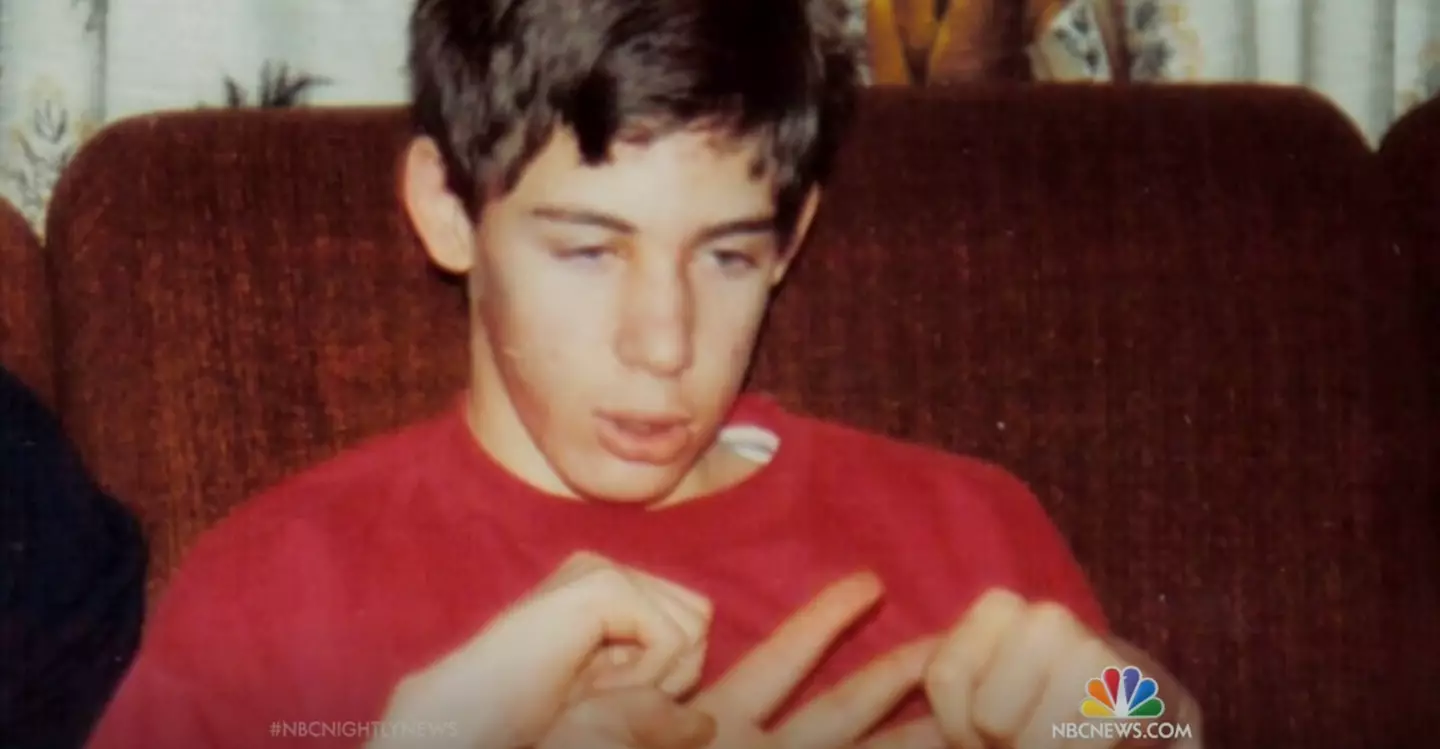
Martin’s brain regressed significantly before he got better. (NBC News)
As he continued to live in his imagination, his family tried to move on from the situation by sending him to care facilities so that they could get a break from the 24/7 care he needed.
This put a strain on the family, causing multiple arguments between his parents, with the breaking point coming one night when his mother turned to him and said: “I hope you die,” unaware that he could hear it.
“It broke my heart, in a way, but at the same time, particularly as I worked through all the emotions. I felt only love and compassion for my mother,” Martin said.
At these facilities though, Martin claimed that he was abused by staff, as they hit, pinched and dropped him on purpose while under their care.
However, a therapist at the centre, Virna Van Der Walt, said that she could tell that he could understand him, telling NBC News: “He had a sparkle in his eye, I could see he was understanding me.”
They communicated through eye movements and hand squeezing, proving that Martin was trying to communicate as Virna pushed his family to get his brain tested again.

Martin is now a happy father of two. (NBC News)
“She was the catalyst who changed everything,” Pistorius said of the therapist. “Had it not been for her, I would probably either be dead or forgotten in a care home somewhere.”
During this test, he proved that he was back in control of his body, as Martin’s brain healed parts of itself – all while doctors were still lost on what the initial diagnosis was.
He recalled asking his mother for spaghetti bolognaise for dinner, which she made, marking a huge milestone for him and signalling that he was back.
Martin now lives his life in a wheelchair and communicates with a computer that speaks for him, while his childhood memories have sadly been wiped.
He re-learned how to read, socialise and make decisions for himself, while also learning to drive and going to college. Martin then met wife Joanna in 2009 through his sister, with whom he has two children, with the family living in the UK.
Now a computer scientist and web developer, he also wrote a book called Ghost Boy, opening up about his traumatic experience of growing up with the condition.
Featured Image Credit: NBC News
Topics: Health, Science, Technology, News

When a then 12-year-old Martin Pistorius returned home from school one day with a sore throat, he’d never expected that he was soon to lose a decade of his life.
The condition that doctors had initially believed was a simple case of the flu quickly developed into something that would put him into a coma.
Pistorius, from South Africa, was diagnosed with both cryptococcal meningitis and tuberculosis of the brain, and began receiving treatment for both.
After his body weakened and he lost the ability to speak to speak and move, he was left in a vegetative state – an experience which he discussed in his 2011 book, Ghost Boy.
His parents Joan and Rodney weren’t given a conclusive explanation of what had happened to their son but weren’t ready to give up on him, keeping him in a care centre.
Speaking to LADbible last year, the now 49-year-old described his coma as like being in ‘an empty shell, unaware of anything around me’.
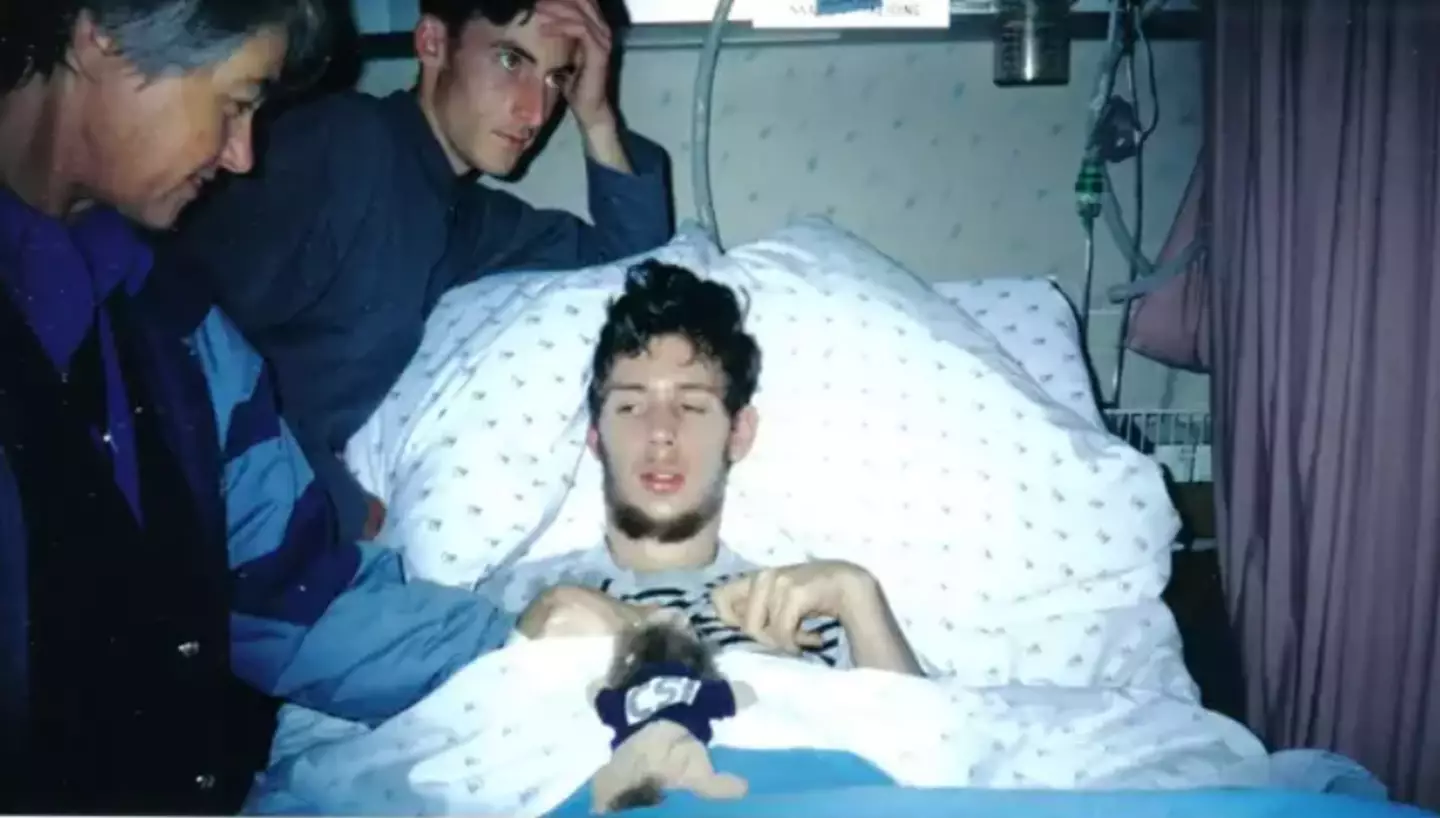
Supplied
“I was able to hear, see and understand everything around me but I had absolutely no power or control over anything.
“For me, that feeling of complete and utter powerlessness is probably the worst feeling I have ever experienced, and I hope I never have to experience again. It is like you don’t exist, every single thing in your life is decided by someone else.
“Everything, from what you wear, to what you eat and drink, even if you eat or drink, to where you will be tomorrow, or next week, and there is nothing you can do about it.”
Nobody at the time had realised that Pistorius had regained consciousness and was taking in everything around him.
He even remembered having no choice but to watch reruns of Barney in the special care centre.

Supplied
“I cannot even express to you how much I hated Barney,” he’d previously declared in an interview with NPR.
His mum Joan also admitted at the time that there were times she struggled to come to terms with her son’s condition.
In his memoir, he recalls sitting in his wheelchair one day when his mum said to him: “I hope you die.”
The comment affected him and made him feel ‘very sad and upset’, but he ‘understood where that was coming from’.
In order to keep his sanity, he’d use his imagination: “I’d imagine all sorts of things, like being very small and climbing into a spaceship and flying away. Or that my wheelchair would magically transform into a flying vehicle.
“I would sometimes watch things move, whether it be how sunlight moved throughout the day.
“Or watching insects of some sort scurry about, but, really, I lived in my mind to the point where at times I was oblivious to the world around me.”
In 2001, when Pistorius was 25, a relief carer at the day centre, Virna van der Walt, encouraged his parents to take him to the Centre For Augmentative And Alternative Communication at the University Of Pretoria.
It was there that a researcher held up a sheet of paper with symbols on it, and he was asked to locate a ball with his eyes.
After finding the shape, he was asked to find the dog.

Supplied
Nearly 13 years after he became ill, he was able to reveal that he was conscious and able to communicate.
His parents invested in a computer which was preloaded with communication software – similar to the technology used by the late theoretical physicist Stephen Hawking.
Pistorius would select letters, words or symbols on the device using a band attached to his head, which would act like a mouse.
Following his recovery, Martin began working with van der Walt in 2003 at the care centre.
He then met the love of his life, Joanna, who worked as a social worker. They got married in 2009 in Essex.
They welcomed a son, Sebastian Albert Pistorius, in 2018 and Pistorius often shares pictures of his family on Instagram.
He now works as a computer scientist and web developer.
Featured Image Credit: Supplied
Topics: Health, World News

A man spent 13 years ‘locked’ in a coma before he finally woke to tell a remarkable story.
Martin Pistorius, now 47, came home from school one day at the age of 12, suffering from a sore throat.
At the time, it was assumed he had the flu, but his condition became increasingly worse and he was hospitalised.
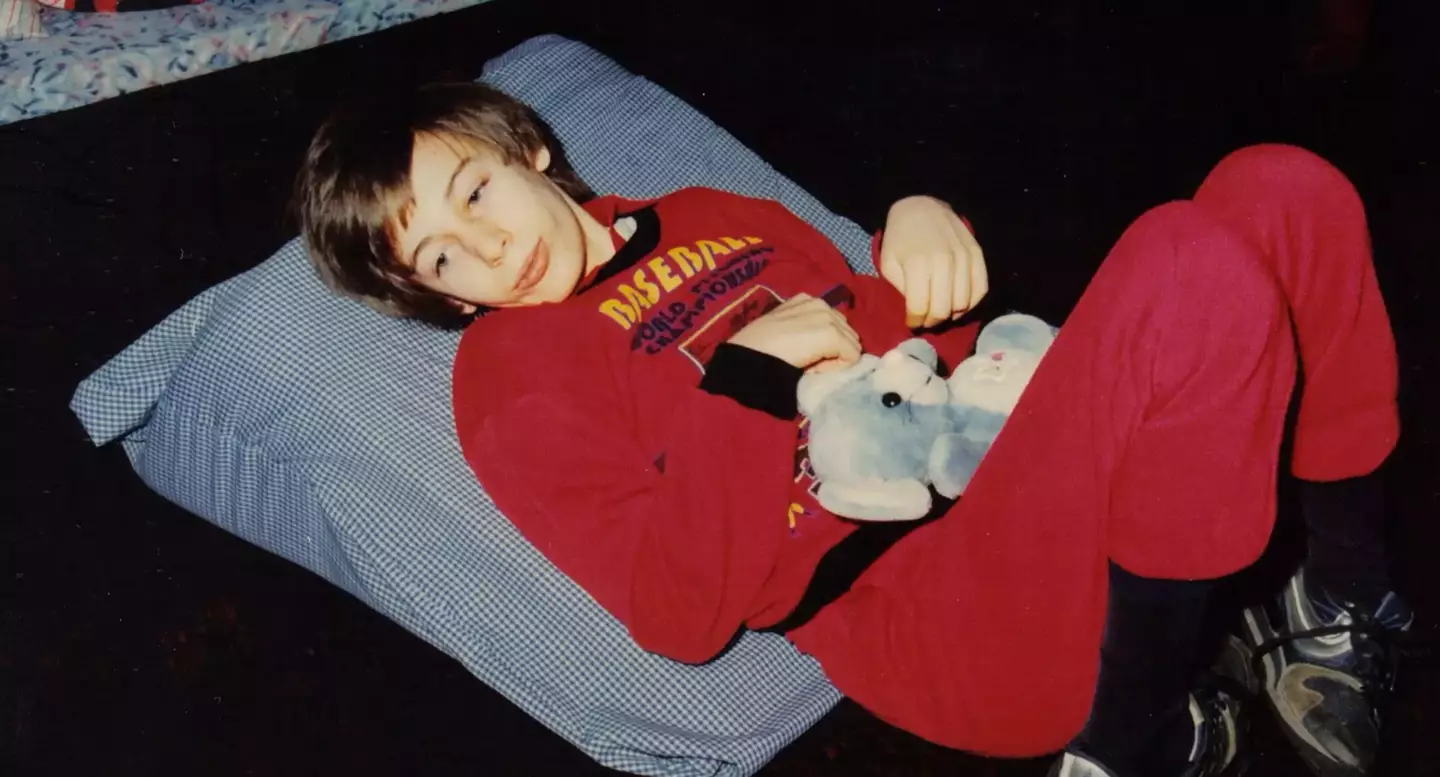
Martin was locked in a coma for 13 years (Supplied)
“I tested positive for cryptococcal meningitis and tuberculosis of the brain and was treated for both,” he told LADbible.
“My body weakened and I lost the ability to speak and control my movements.”
Martin’s parents, Joan and Rodney, were told there was nothing that could be done, but they decided to keep him alive in a care centre.
He would spend the day there and return home every night. In his book, Ghost Boy, he describes that period of his life as being like ‘an empty shell, unaware of anything around me’.
But four years later, there was a breakthrough.
“I remember around my 16th birthday people talking about the stubble on my chin and wondering whether to shave me,” he said.
“It scared and confused me to listen to what was being said because, although I had no memories or sense of a past, I was sure I was a child and the voices were speaking about a soon-to-be man.
“I was able to hear, see and understand everything around me but I had absolutely no power or control over anything.
“For me, that feeling of complete and utter powerlessness is probably the worst feeling I have ever experienced, and I hope I never have to experience again. It is like you don’t exist, every single thing in your life is decided by someone else.
“Everything, from what you wear, to what you eat and drink, even if you eat or drink, to where you will be tomorrow, or next week, and there is nothing you can do about it.”
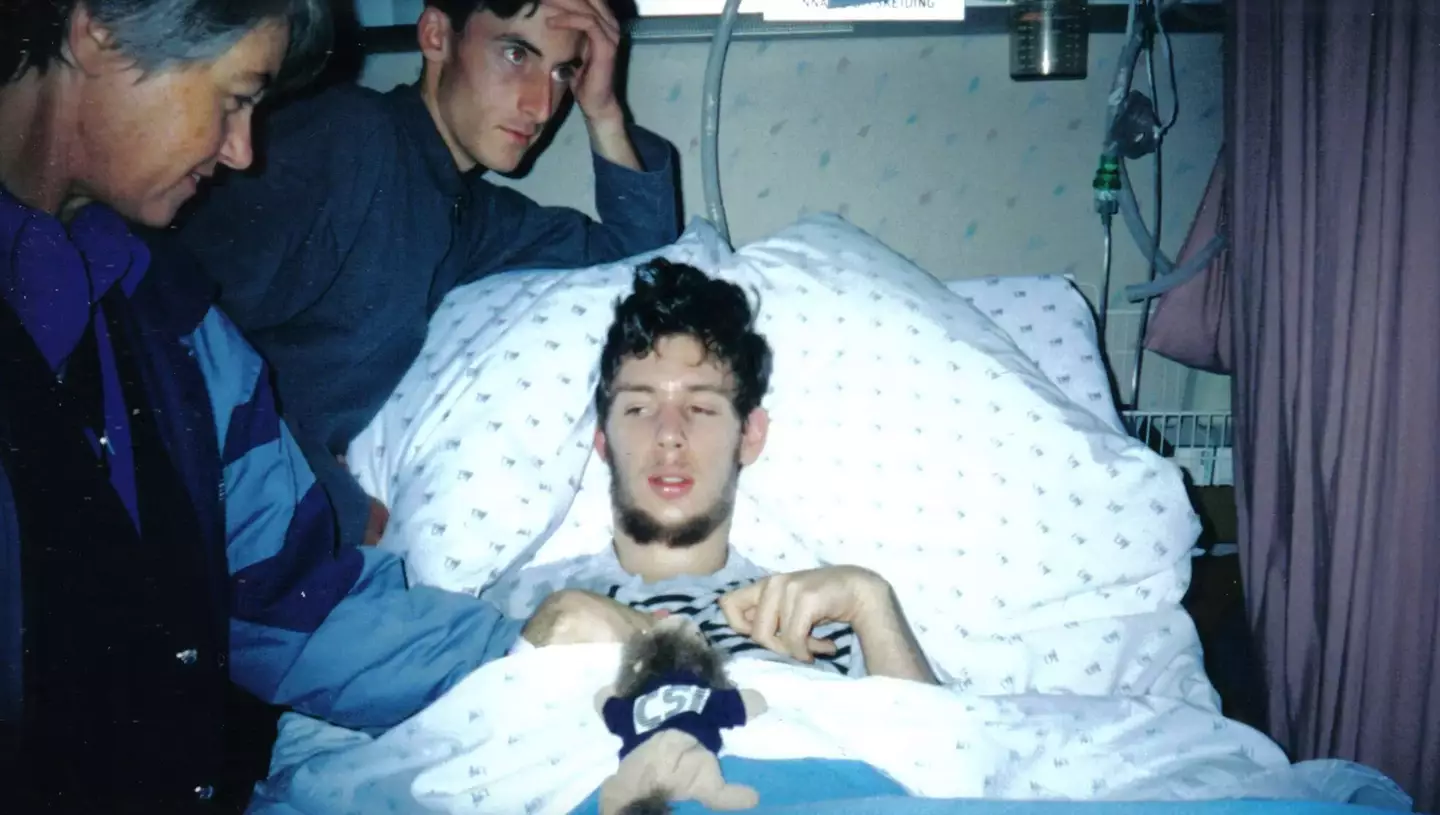
A breakthrough came when he was 16 (Supplied)
At the time, nobody realised that Martin was conscious, assuming he was still in a coma.
In order to stay sane, Martin revealed how he used his imagination.
“I’d imagine all sorts of things, like being very small and climbing into a spaceship and flying away. Or that my wheelchair would magically transform into a flying vehicle,” he said.
“I would sometimes watch things move, whether it be how sunlight moved throughout the day. Or watching insects of some sort scurry about, but, really, I lived in my mind to the point where at times I was oblivious to the world around me.”
In 2001, everything changed. Pistorius was 25 when a relief carer at the day centre, Virna van der Walt, encouraged his parents to take him to the Centre For Augmentative and Alternative Communication at the University Of Pretoria.
It was there that a researcher held up a sheet of paper with symbols on it, and he was asked to locate a ball with his eyes. After finding the shape, he was asked to find the dog.
His parents invested in a computer, which was preloaded with communication software. Martin would select letters, words or symbols on the device using a band attached to his head, which would act like a mouse.
He went to work with Virna in 2003 at the centre, which gave him a sense of purpose and pride. That work led him to getting a paid position at Centre For Augmentative and Alternative Communication, before graduating from a South African university.
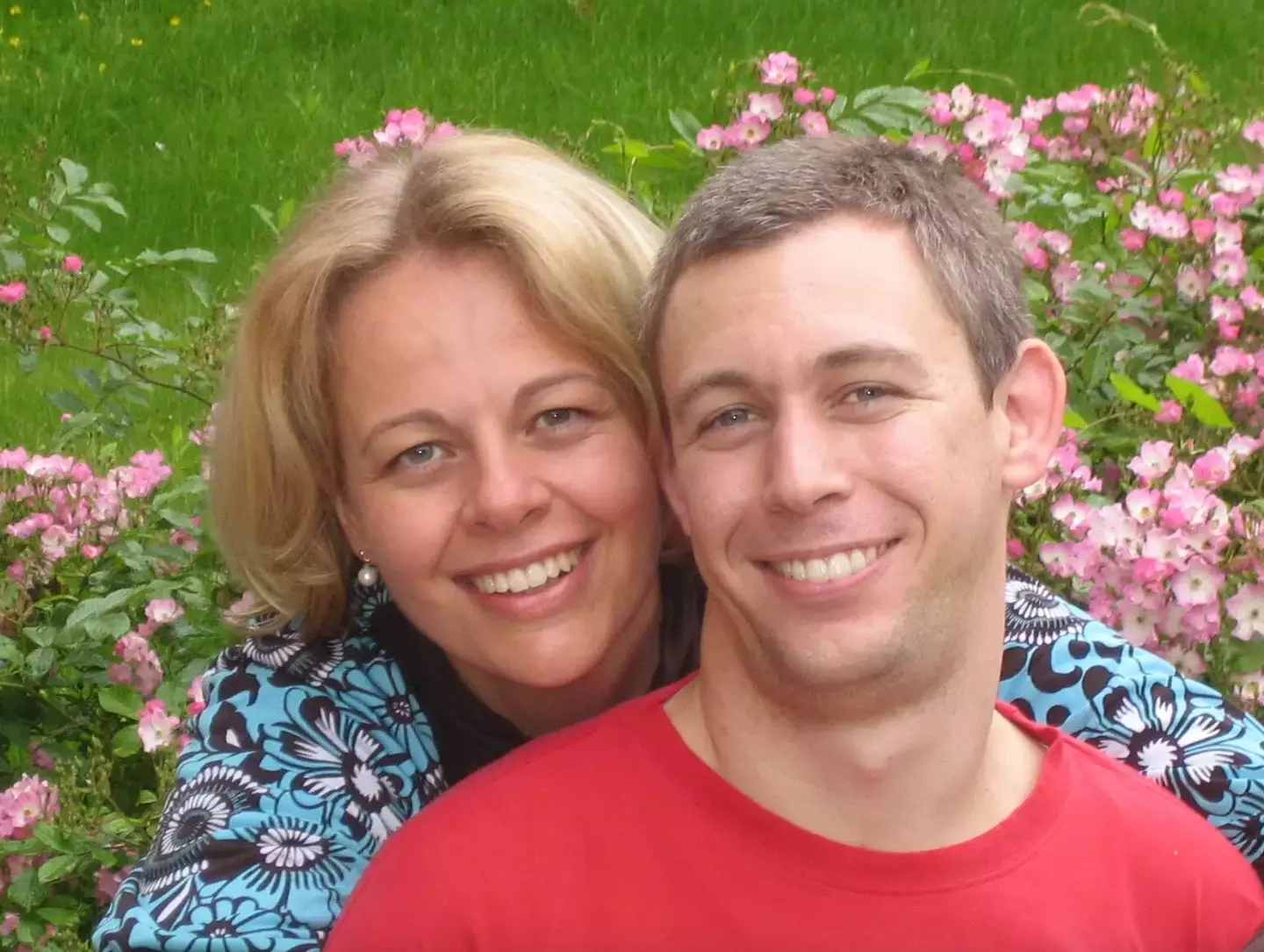
Martin is now married to Joanna (Supplied)
A few years later, Martin met the love of his life, Joanna. She was a South African social worker living in Britain who had become friends with Martin’s sister.
“Over the years I have been blessed with many people who have had a real impact on my life,” he said.
“Joanna is one of those. I spent so many years thinking, wishing and hoping that I would find someone to share my life with. But I never thought I ever would.
“I remember one time while driving with my dad looking out the car window and thinking, I have so much love inside of me and nobody to give it to.
“But thankfully Joanna and I met. The moment we met, I think deep down I just knew, she was the one.”
They couple welcomed a son, Sebastian Albert Pistorius, in 2018.
Featured Image Credit: Courtesy of Martin Pistorious via Harper Collins
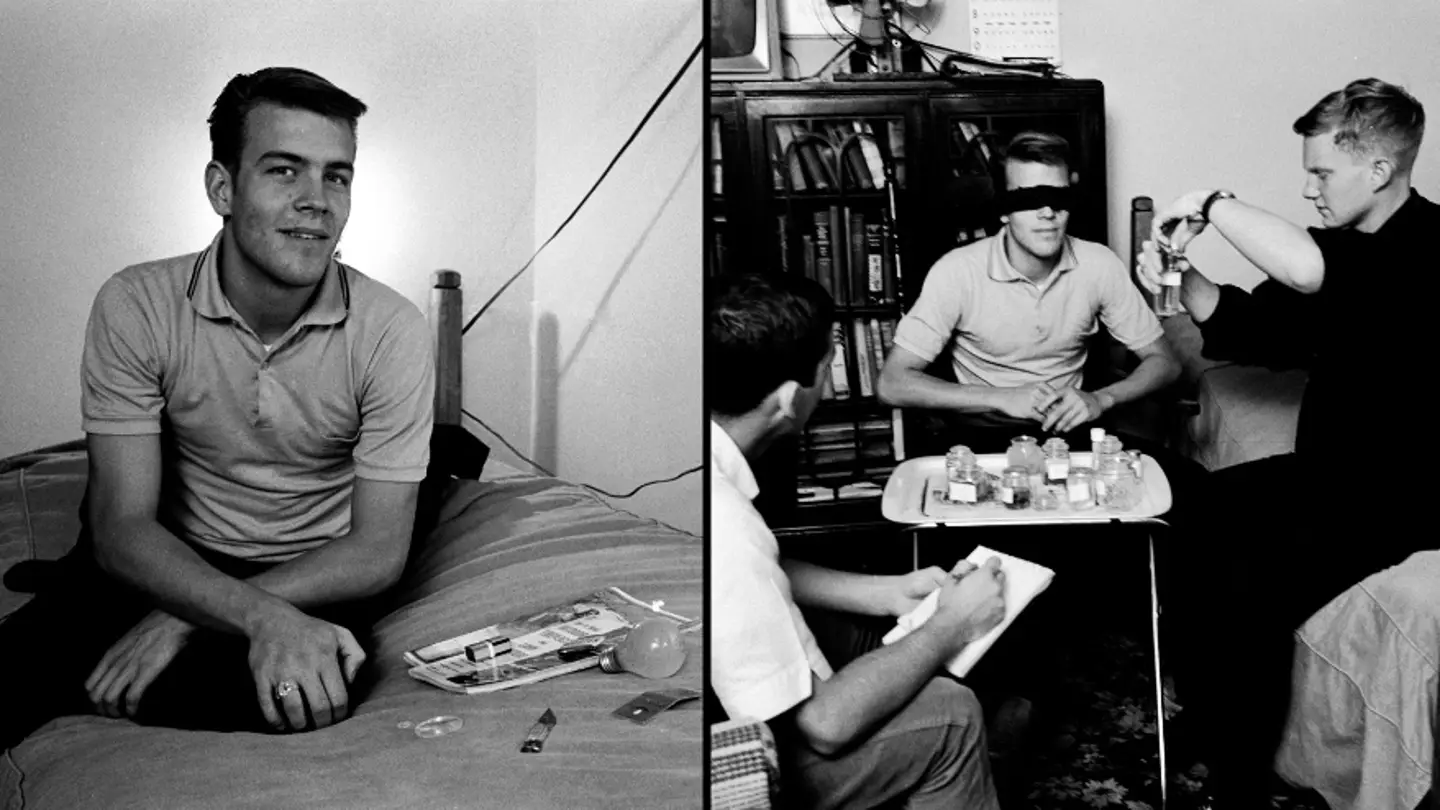
Plenty of us are guilty of not getting enough kip – but one teen took this to the extreme after he took part in an experiment where he didn’t sleep for 264 hours. I feel tired just typing that.
Back in 1963, the (somewhat incredibly named) Randy Gardner, 17, and his school pal Bruce McAllister, both from the US, were thinking up ideas for their school’s science fair.
The pair of friends eventually decided to see what would happen if they attempted to break the world record for staying awake.
To decide who the unlucky sleep dodger would be, they flipped a coin and poor old Gardner lost – but his pal decided to try and stay awake with him anyway.
McAllister later told the BBC: “We were idiots, you know young idiots, and I stayed awake with him to monitor him.
“After three night of sleeplessness myself, I woke up tipped against the wall, writing notes on the wall itself.”
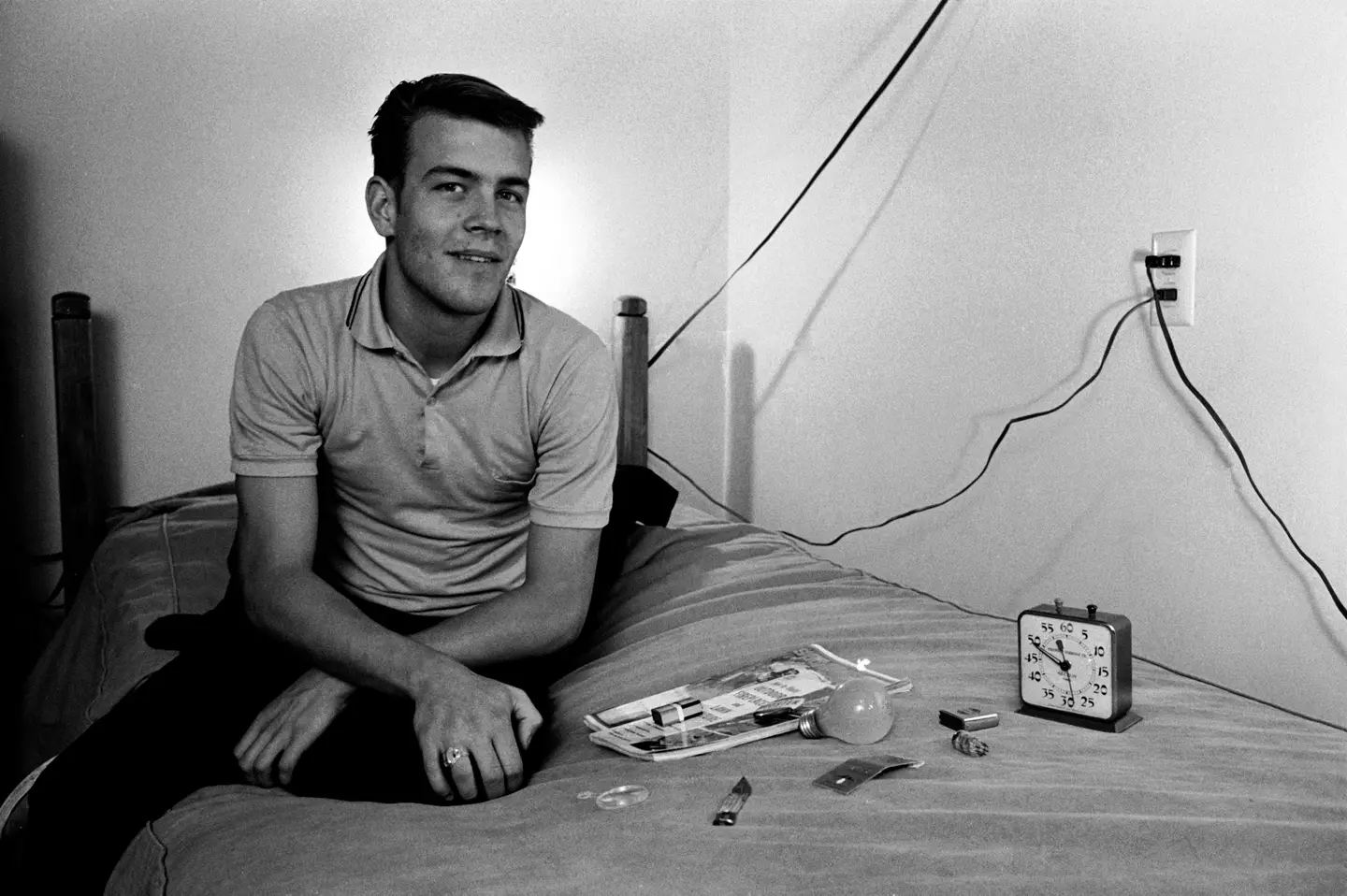
Don Cravens/Getty Image
The study was also observed by Stanford sleep researcher Dr William Dement, and US Navy medic Lieutenant Commander John J. Ross.
According to the researchers, the effects began to kick in after the second day without any shut eye – and Gardner began to stumble over words when he was asked to repeat tongue twisters to test how he was feeling.
By three days without any sleep, things had taken a steep decline for Gardner who reportedly experienced moodiness, concentration issues and short-term memory loss, as well as paranoia and even hallucinations.
“He was physically very fit,” Dement said. “So we could always get him going by playing basketball or going bowling, things like that. If he closed his eyes he would be immediately asleep.”
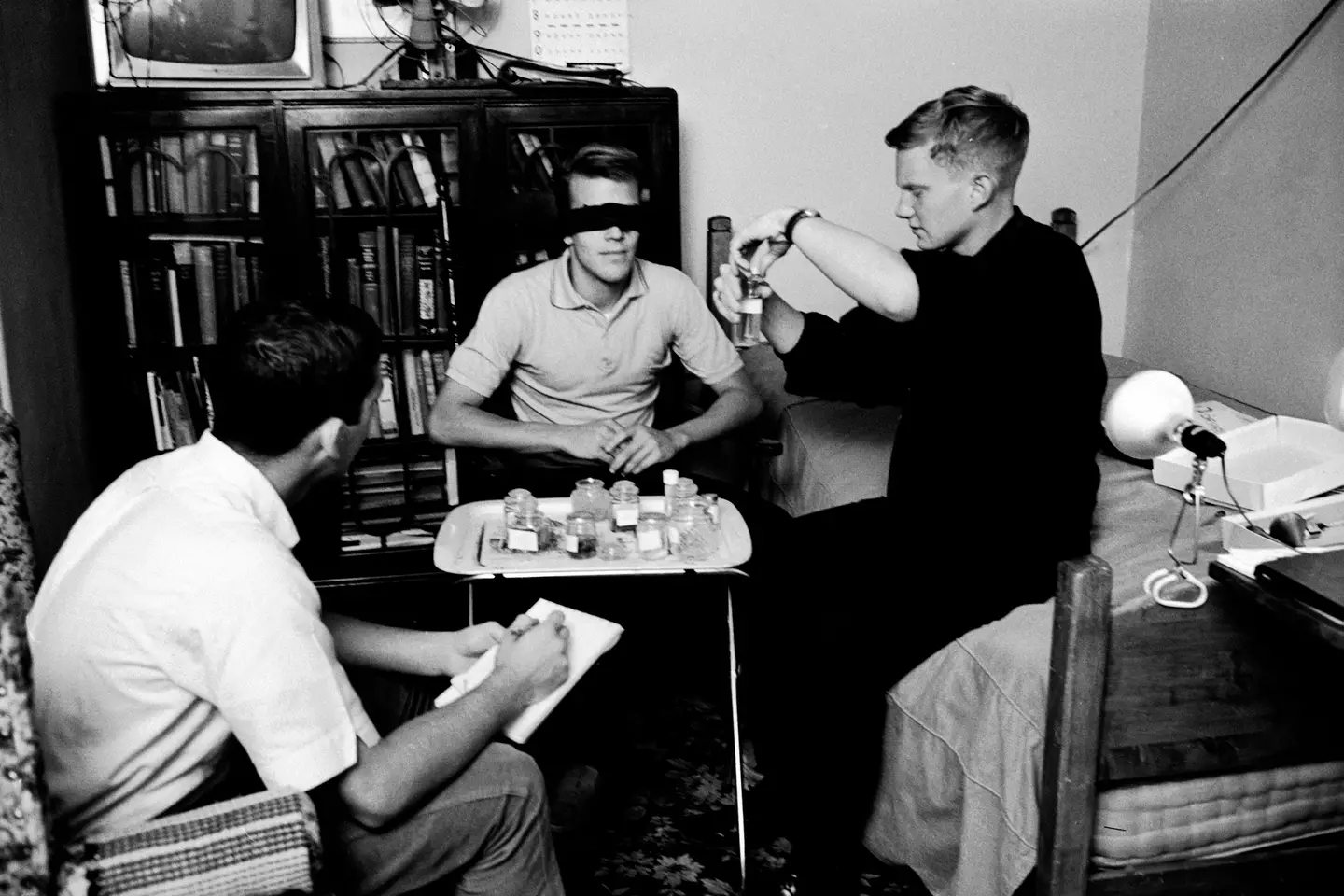
Don Cravens/Getty Image
Incredibly, by the end of the experience, the teen had spent more than 11 days – 264.4 hours, to be exact – awake.
After finally succumbing to the Sand Man, the teen slept for a full 14 hours and then woke up naturally, claiming he didn’t even feel particularly ‘groggy’.
But despite initially recovering well, he went on to have problems with his sleep for years and years later, according to WBUR.
As an adult, Gardner began to experience insomnia and was convinced the experiment was to blame.
“I was awful to be around. Everything upset me. It was like a continuation of what I did 50 years ago,” he said.
Featured Image Credit: Don Cravens/Getty Images

NASA’s iconic James Webb Space Telescope (JWST) has been spending its time shining a light right in to the heart of the universe’s ‘Cigar Galaxy’.
The telescope, which was launched by the space agency in July 2022, has been spending almost the last two years unlocking secrets of the universe, including planets as they’re formed.
It’s also been observing Earth-like planets and coming across some rather groundbreaking information.
Now, Webb has been focusing its energy on what is known as the Cigar Galaxy.
Officially called Messier 82 (or M82), it’s around 12 million light years away from Earth. M82 gets its Cigar Galaxy name as a result of its shape; elongated and elliptical stretching across space.
It is also a booming galaxy, with it forming stars at 10 times the pace of our own relatively quiet galaxy, the Milky Way.
But the technological amazement of Webb means it can see what’s going on despite the distance.

NASA, ESA, CSA, STScI, Alberto Bolatto (UMD)
The genius tech behind Webb is its Near-Infrared Camera (NIRCam) which spends its days investigating how these baby stars come about.
Leading the study into the Cigar Galaxy is Alberto Bolatto at the University of Maryland, College Park. He said: “M82 has garnered a variety of observations over the years because it can be considered as the prototypical starburst galaxy.
“Both NASA’s Spitzer and Hubble space telescopes have observed this target. With Webb’s size and resolution, we can look at this star-forming galaxy and see all of this beautiful, new detail.”
And the genius tech of the NIRCam means it doesn’t get burnt to a crisp when taking snapshots of the brightest of stars in M82, while also showing us things we’ve never seen before.

24K-Production/Getty
In the middle of the images captured by Webb are small specks, depicted in green, what show concentrated areas of iron, most of which are leftovers from a supernova. Small patches that appear red signify regions where molecular hydrogen is being lit up by a nearby young star’s radiation.
It also shows us galactic winds
“This image shows the power of Webb,” said Rebecca Levy, second author of the study at the University of Arizona in Tucson.
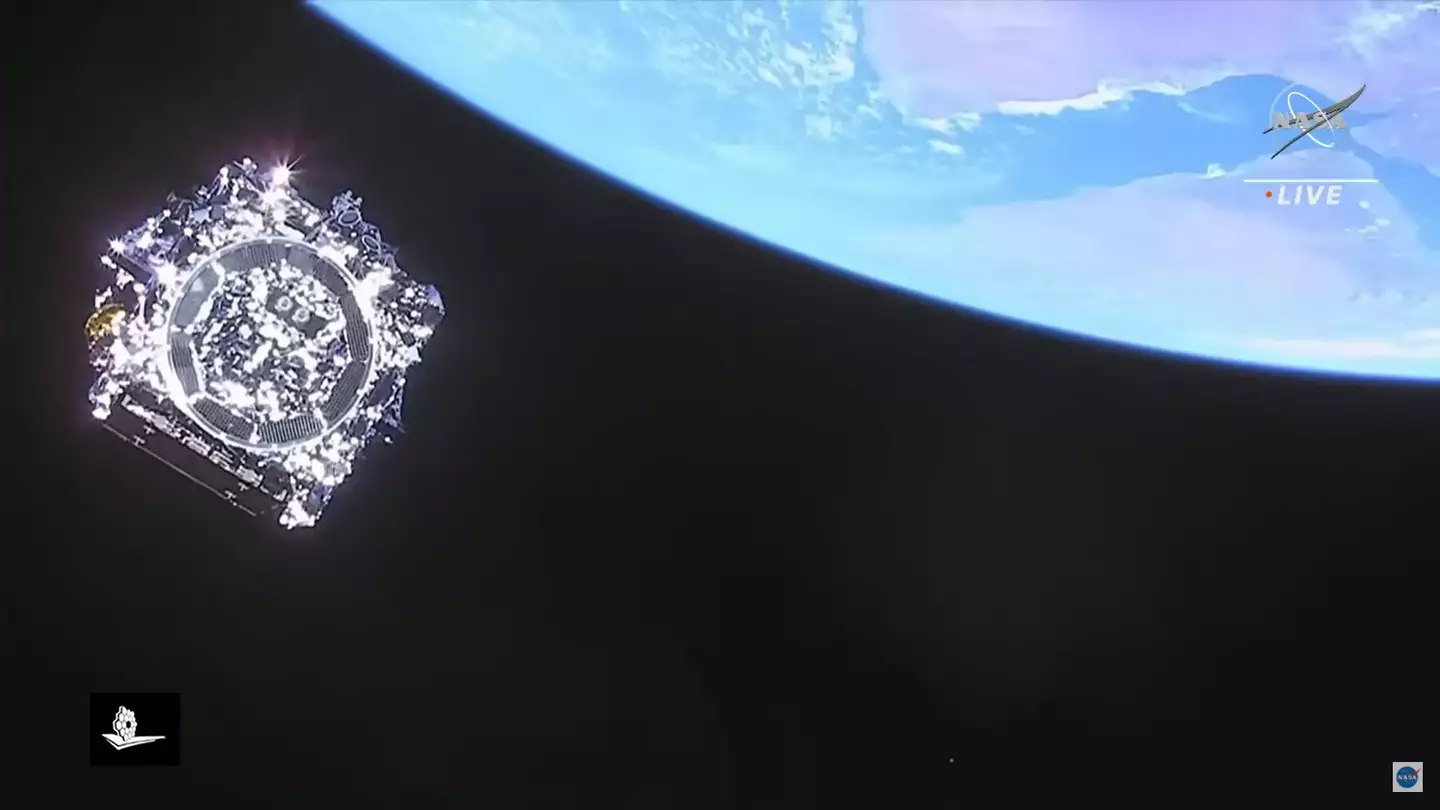
Arianespace, ESA, NASA, CSA, CNES
“Every single white dot in this image is either a star or a star cluster. We can start to distinguish all of these tiny point sources, which enables us to acquire an accurate count of all the star clusters in this galaxy.”
Ultimately, the belief is that such work by Webb will help us broaden out understanding of the early universe.
“Webb’s observation of M82, a target closer to us, is a reminder that the telescope excels at studying galaxies at all distances,” said Bolatto
Featured Image Credit: Getty Stock Images / NASA, ESA, CSA, STScI, A. Bolatto (UMD)
Topics: Education, NASA, Science, Space, Technology, US News, World News, James Webb Space Telescope
